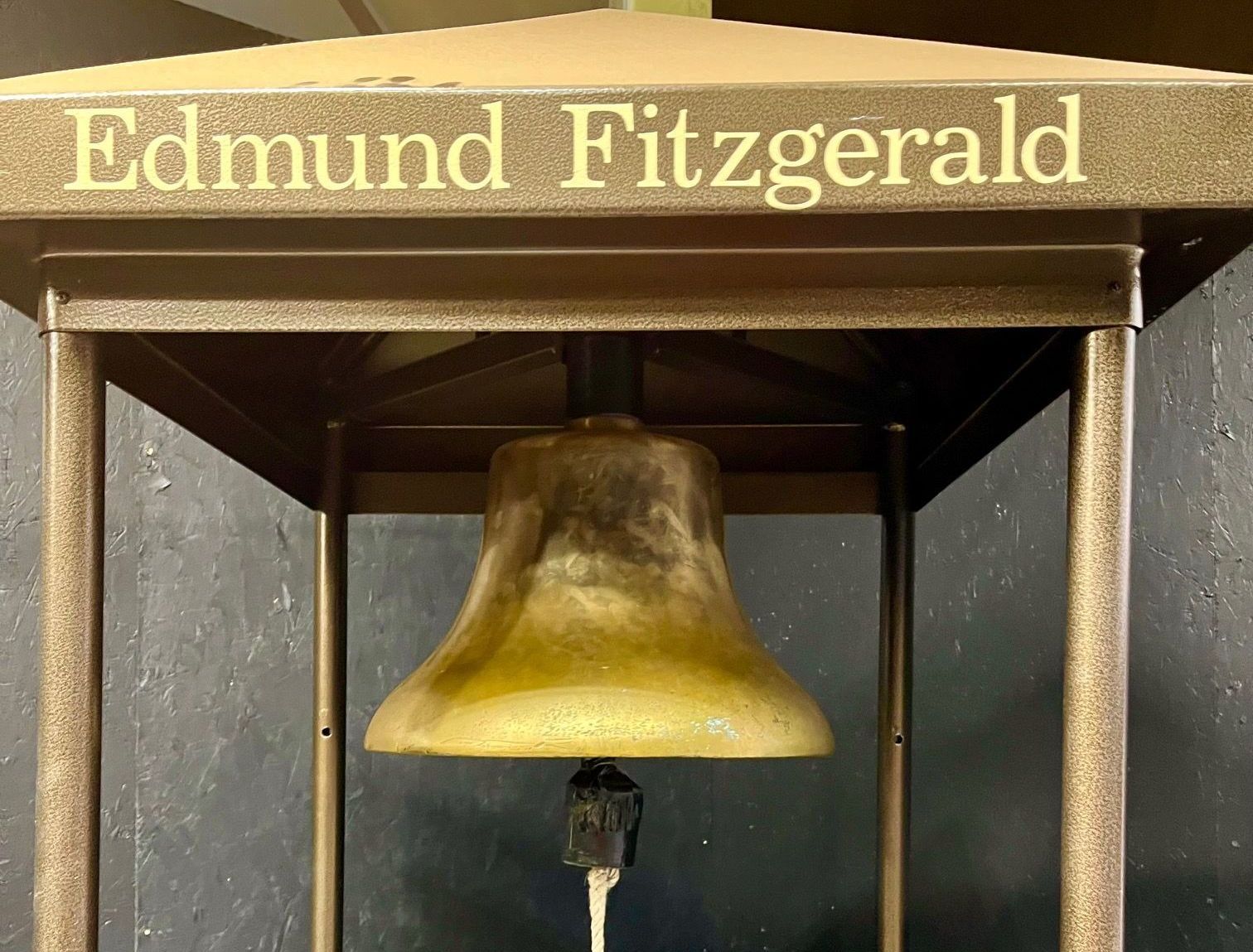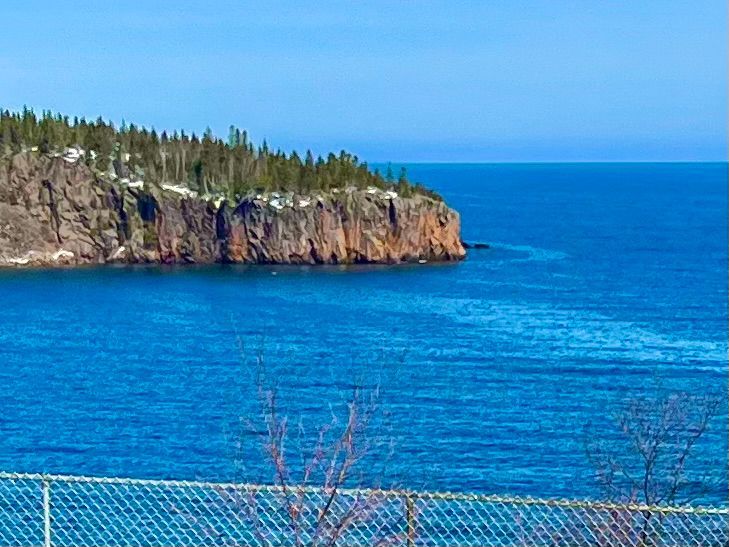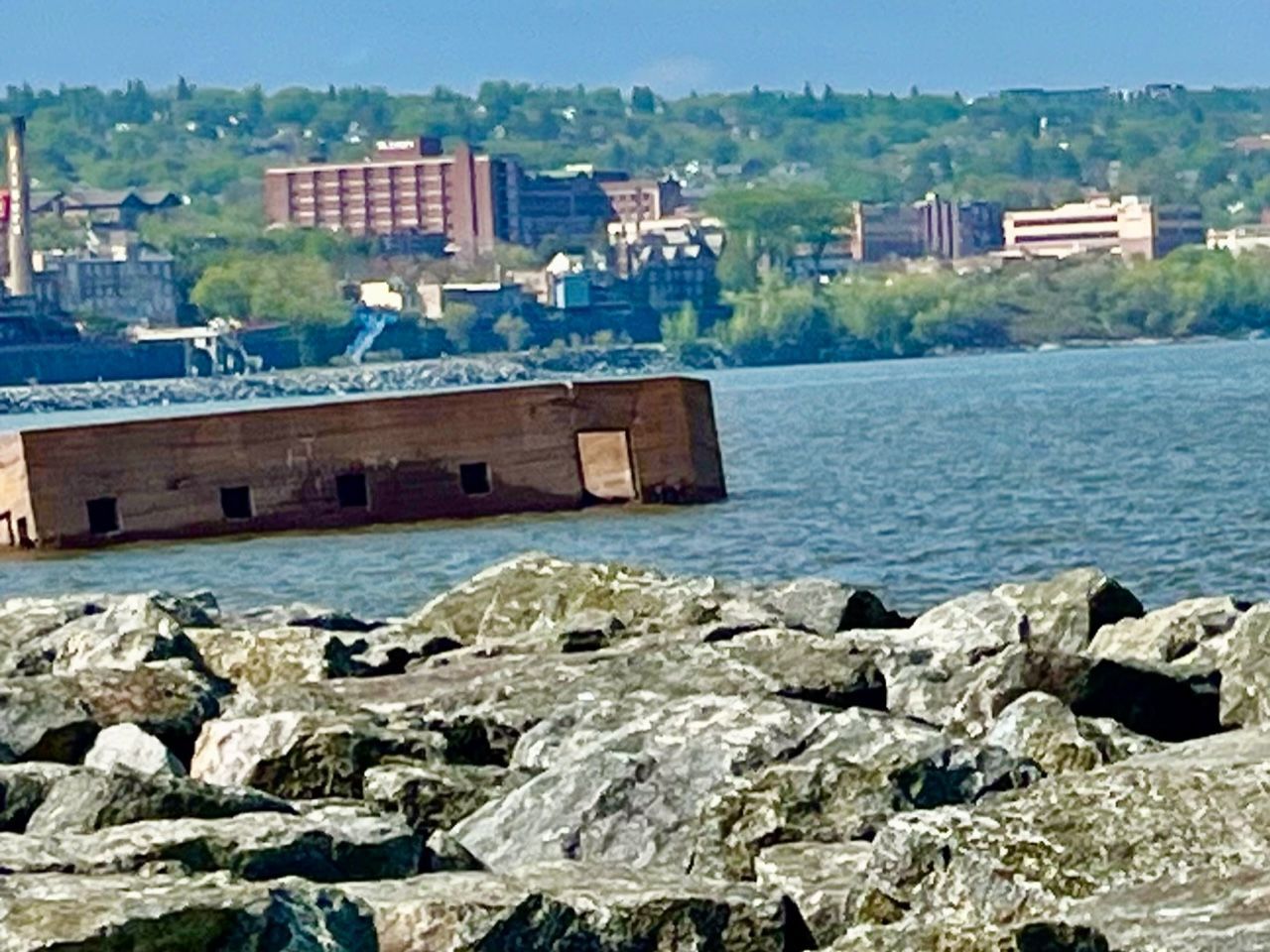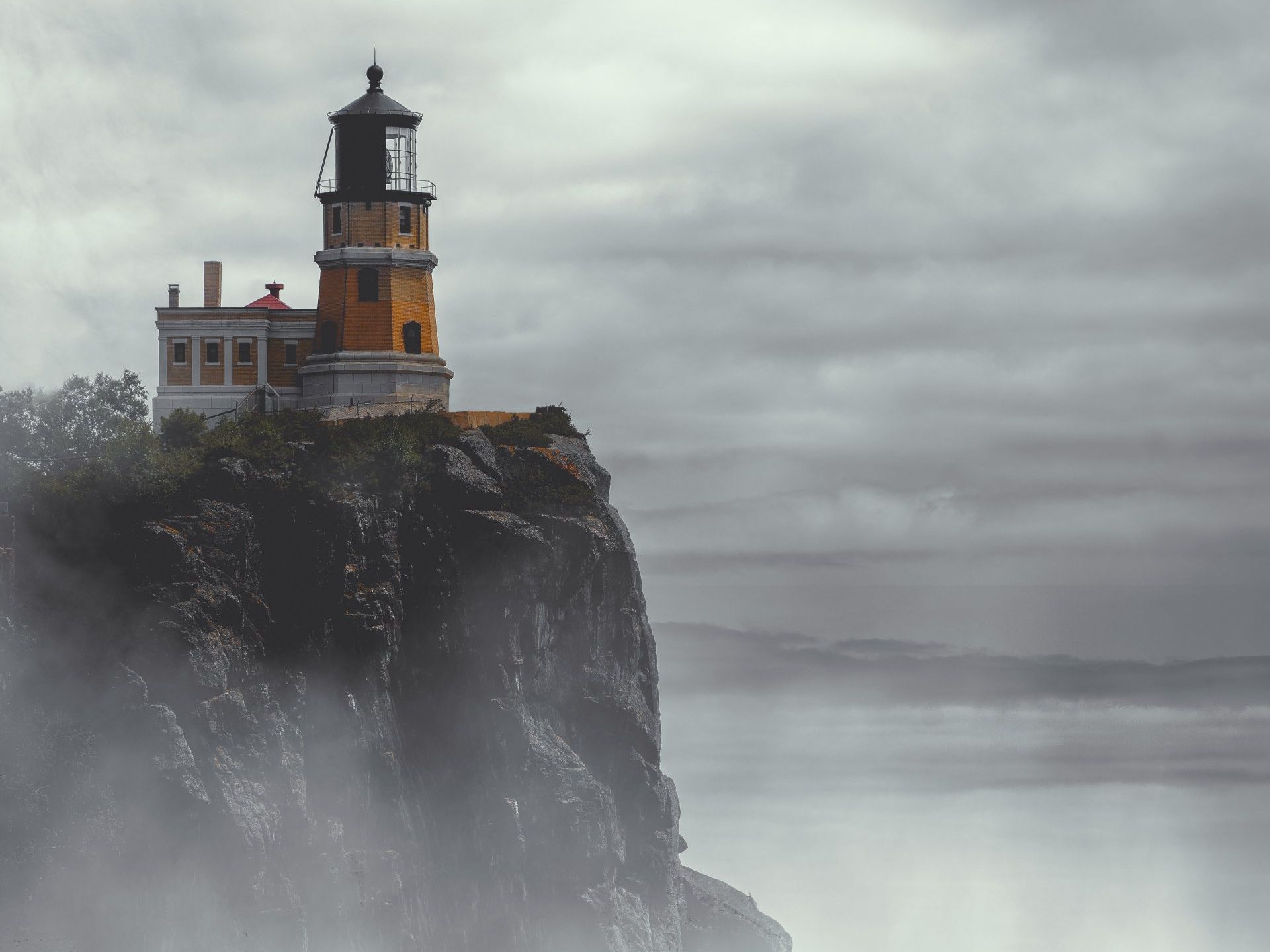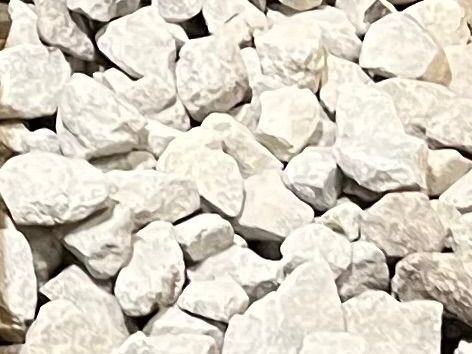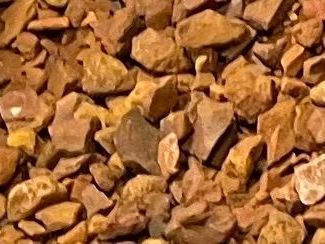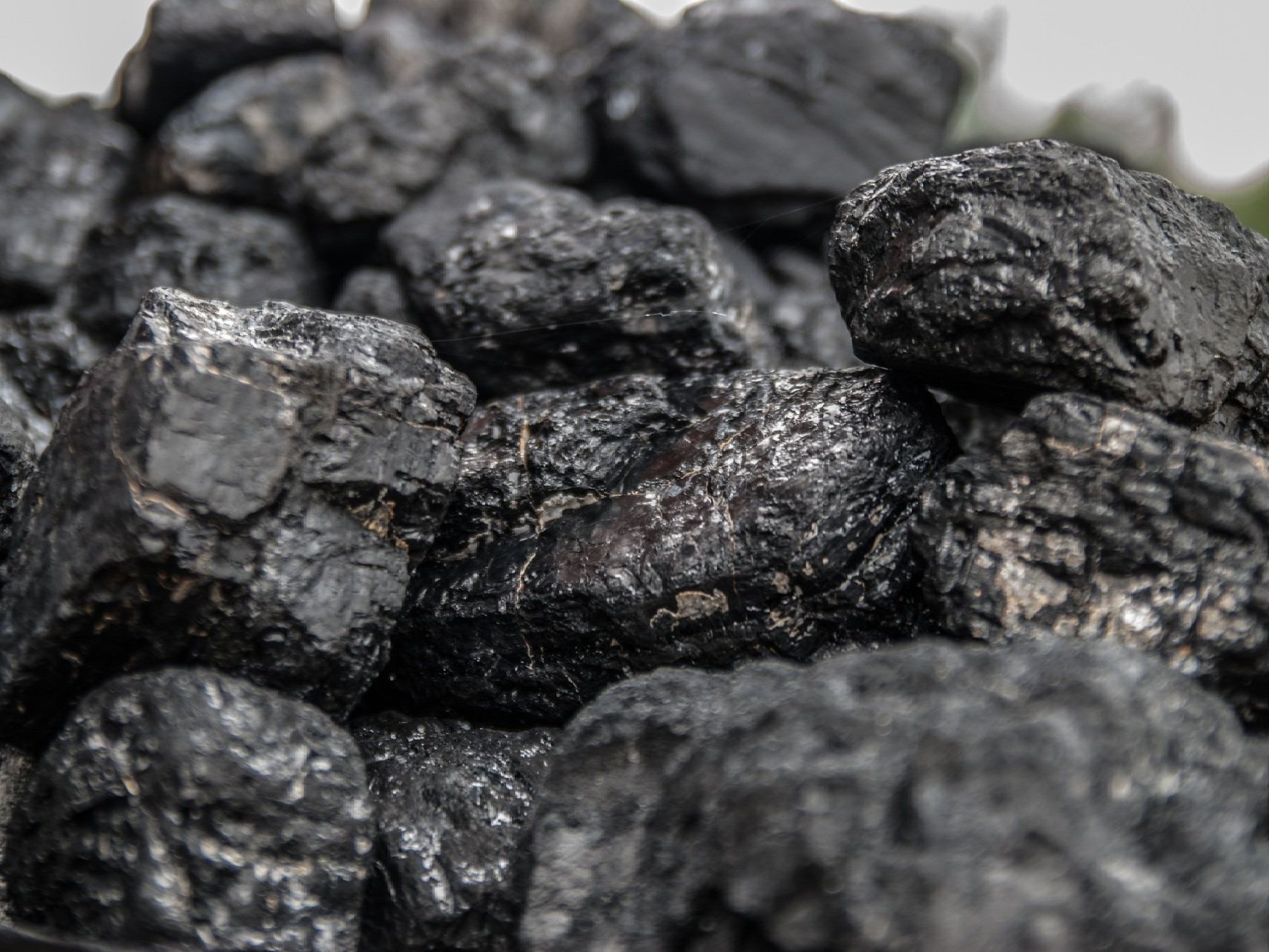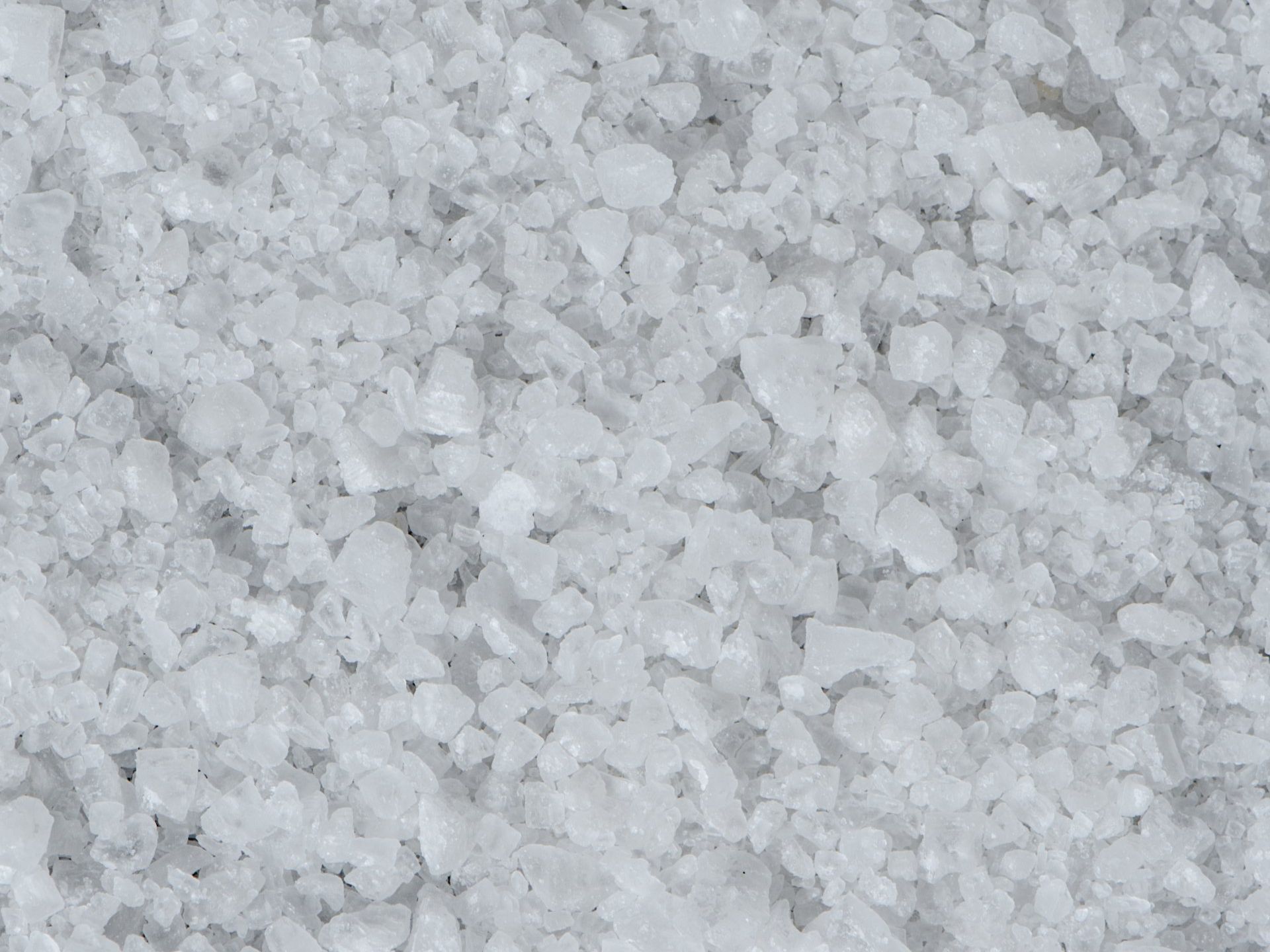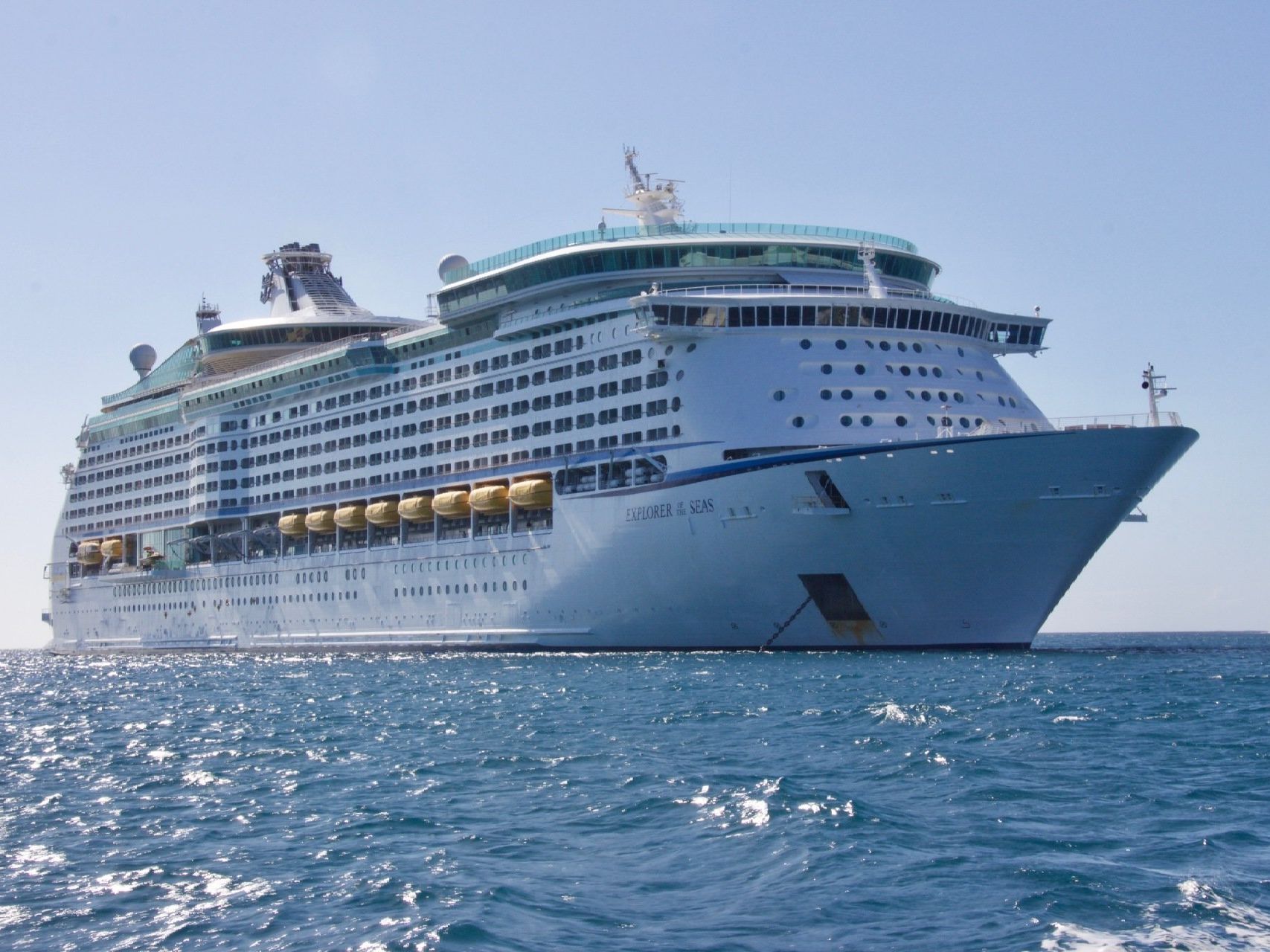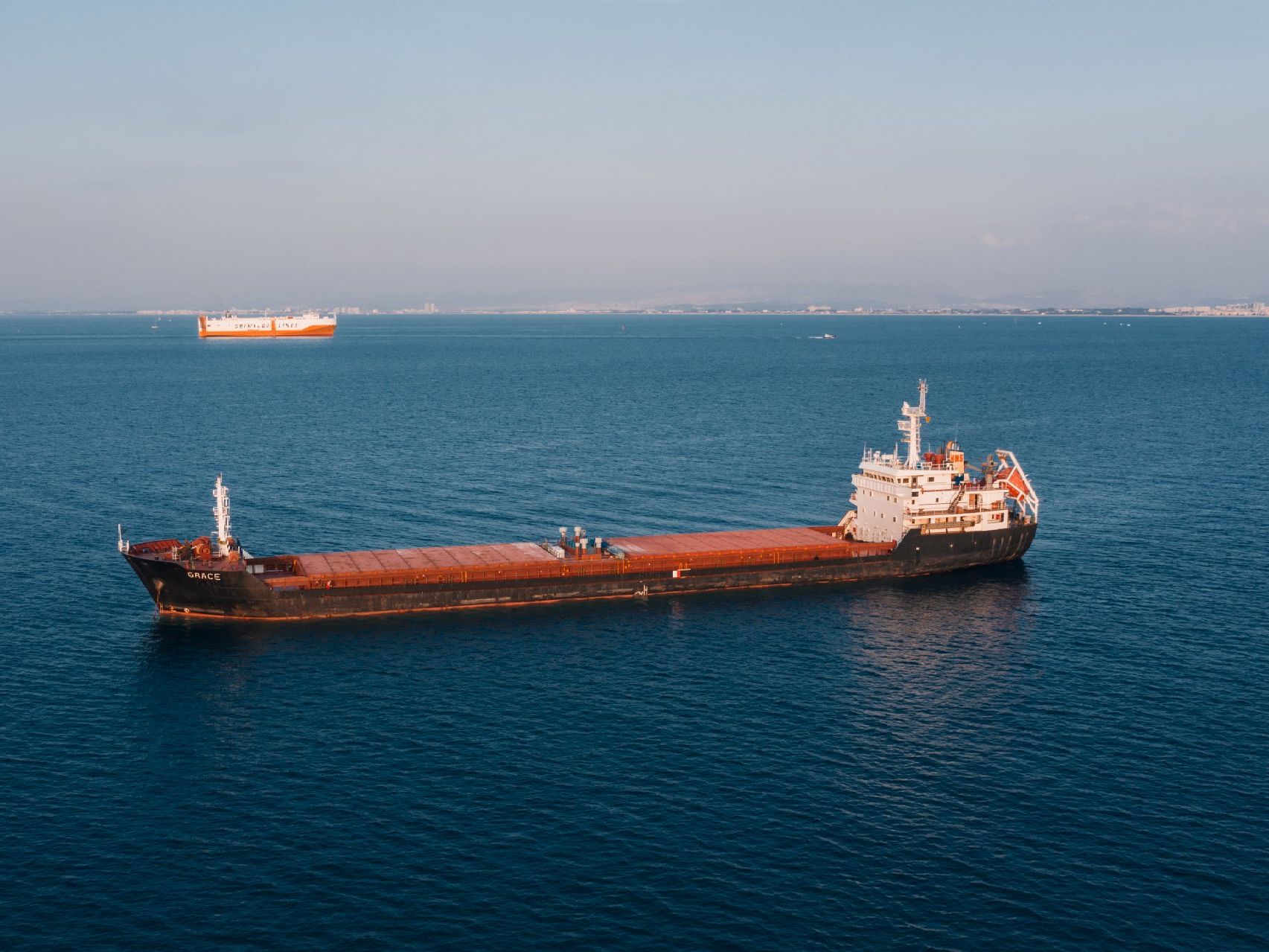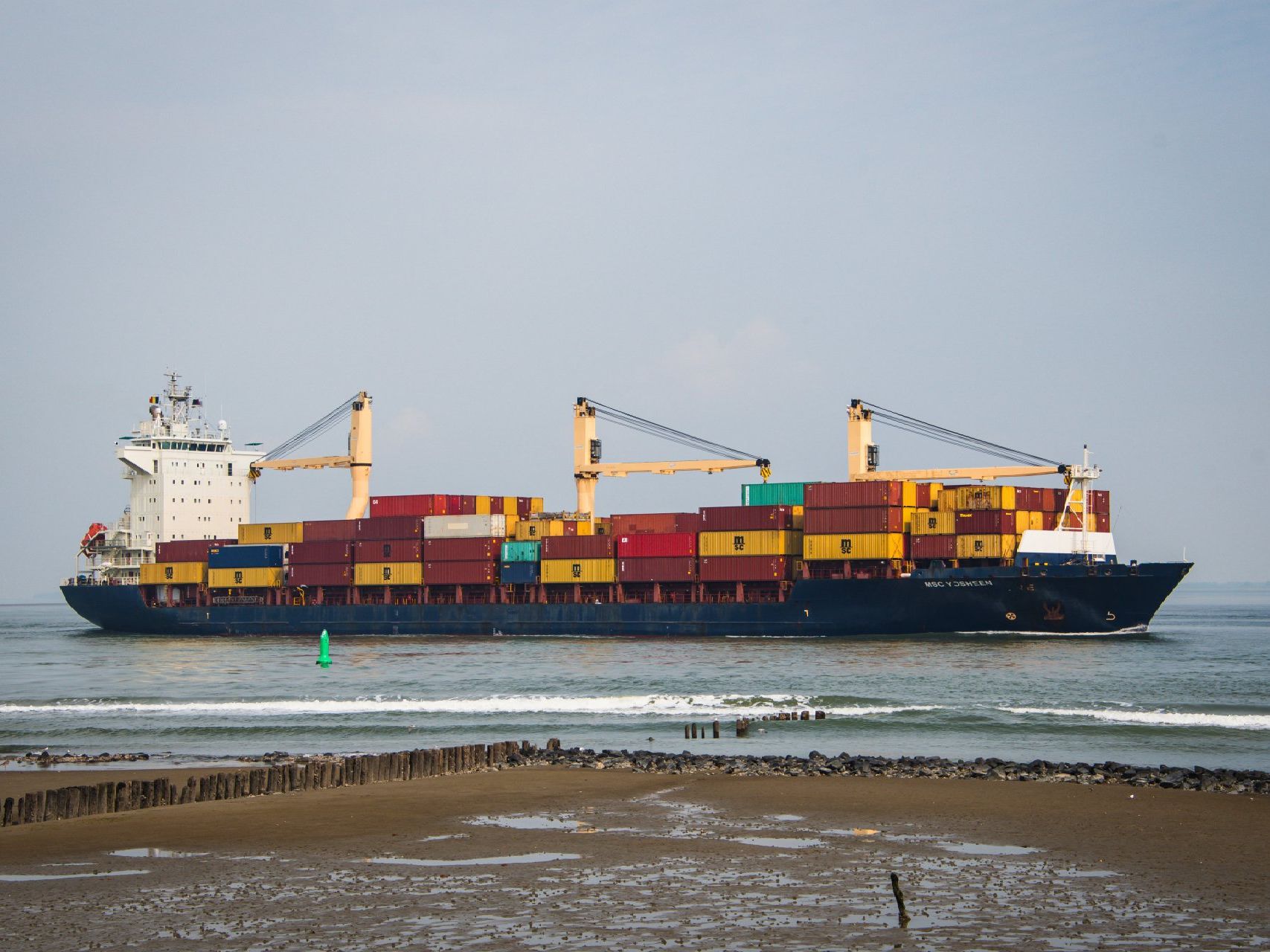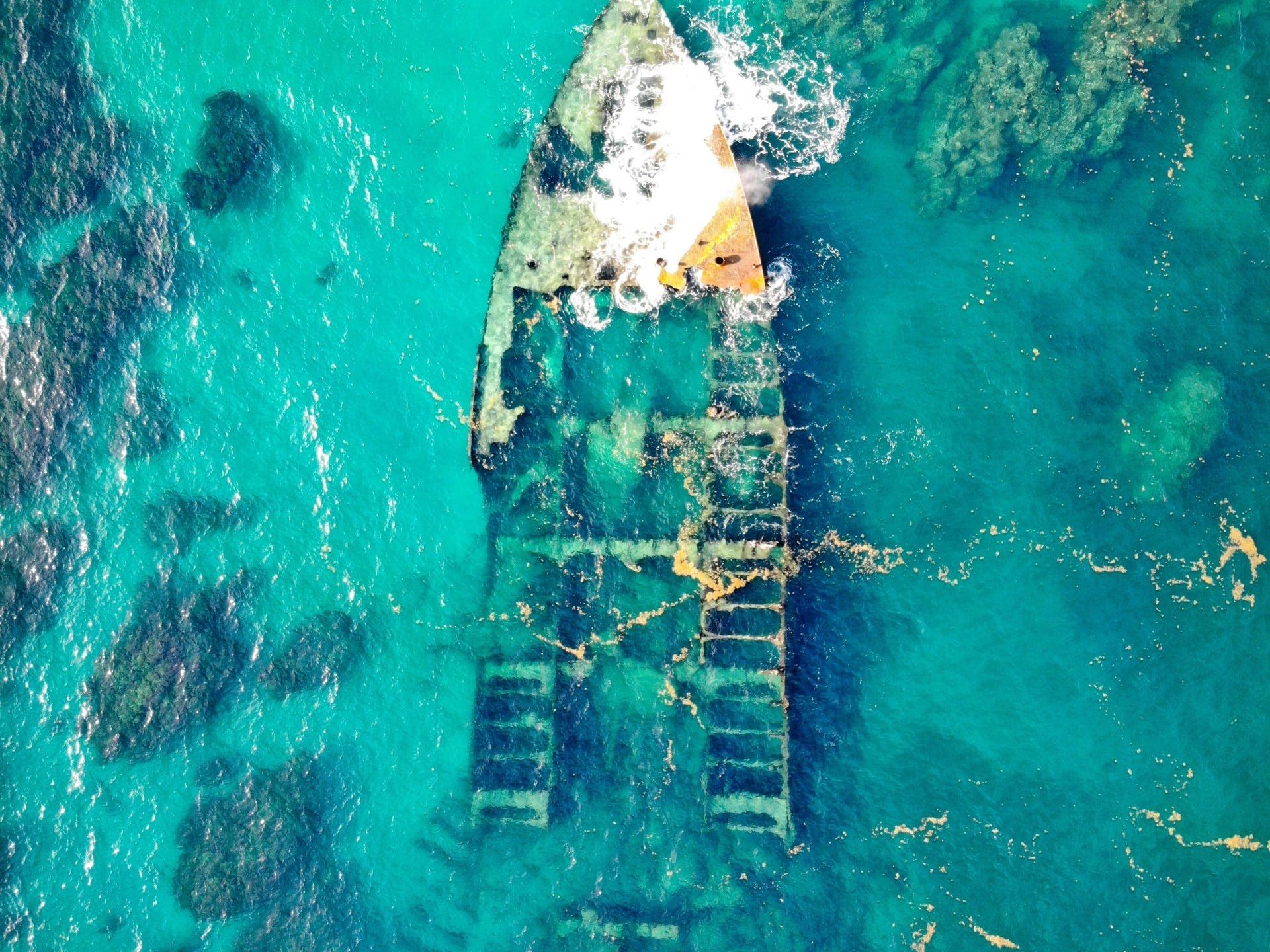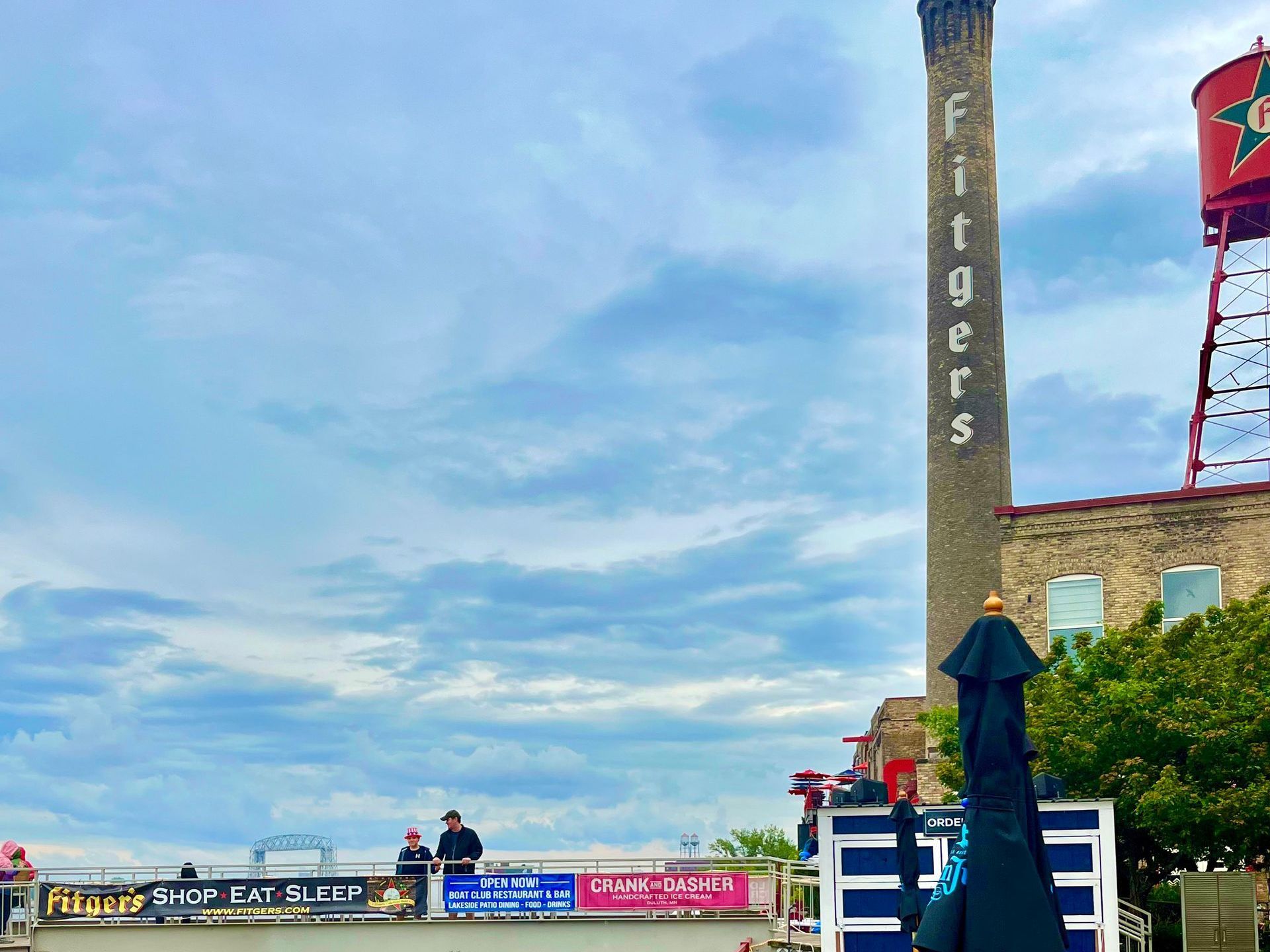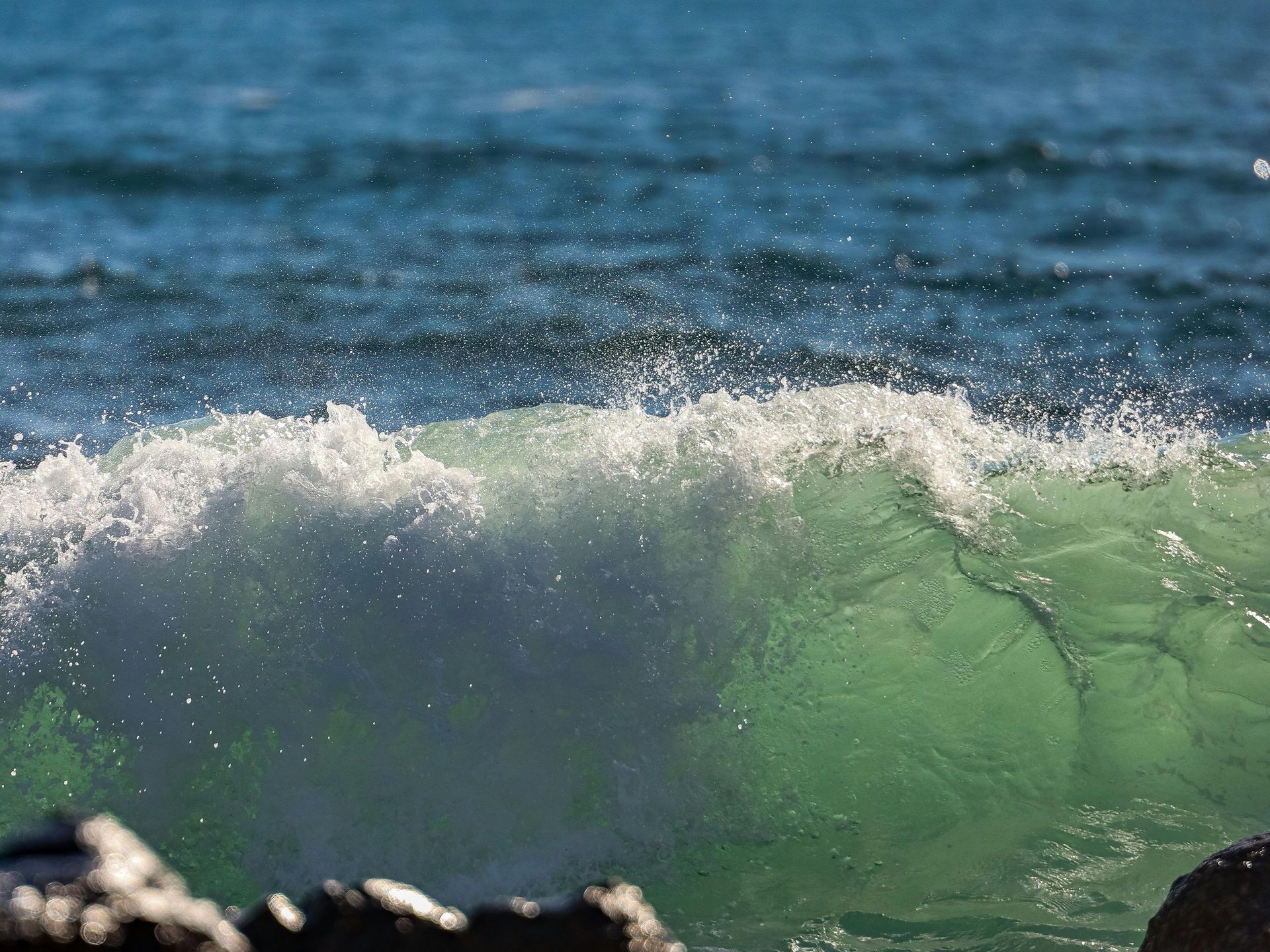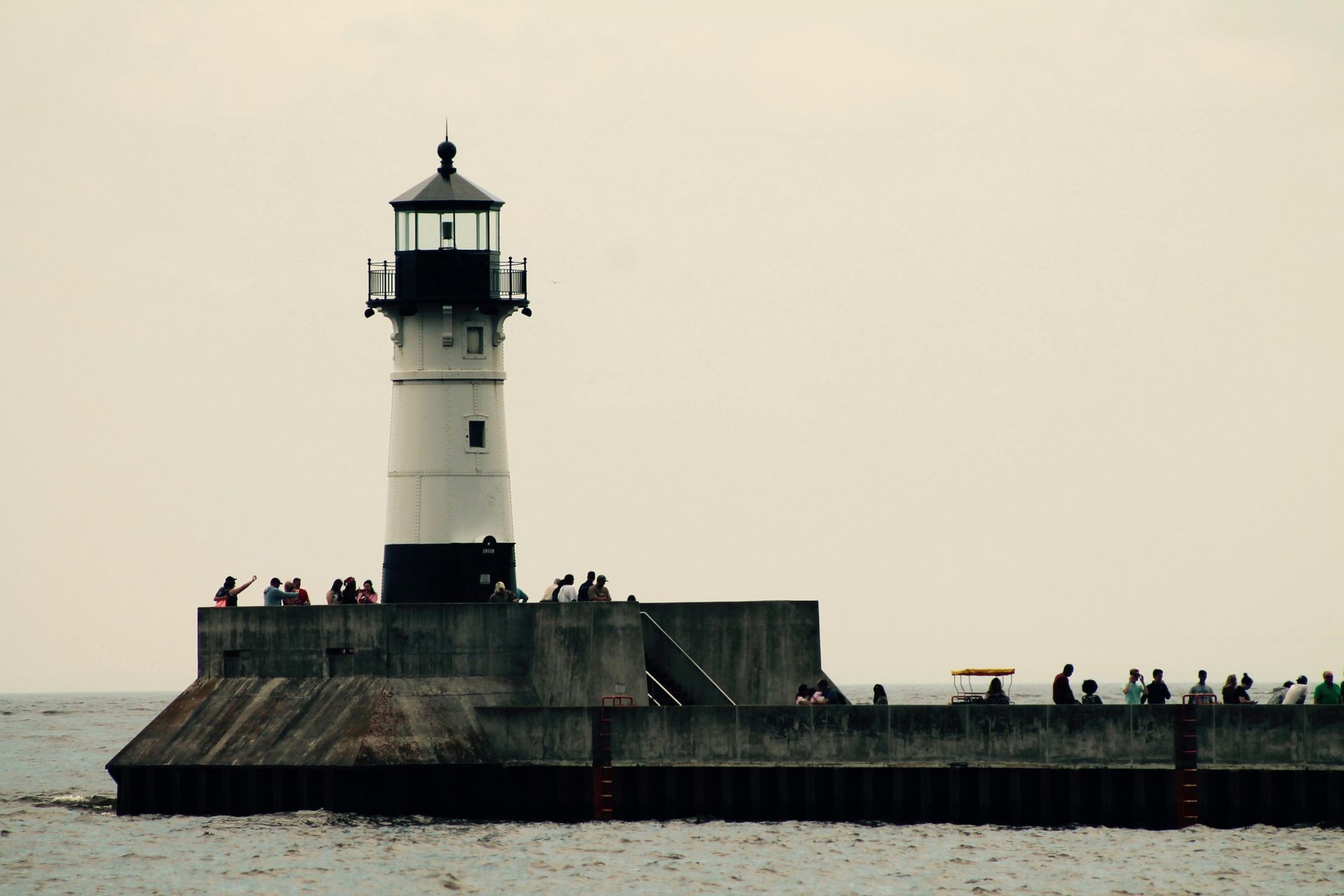storied past
and vibrant present

FIELD TRIPS
Ships & Landmarks 🚢
Exploring Duluth, MN
William A. Irvin Museum
🚢 Take a trip back in time on the amazing William A Irvin! This grand bulk carrier ship was launched in 1937 and used to sail across the Great Lakes, breaking speed records and showing off the power of industry. 🌊 🏆 The ship is named after William A. Irvin, who was the 4th president of US Steel and helped shape an important time in history. Today, the ship is docked in Canal Park, Duluth, MN, and has changed from carrying iron ore and coal to being an exciting museum ship. 🕒 After retiring in 1978, the Irvin now tells stories of the past and still holds the record for the fastest unloading of iron ore. 🏅 🏃♀️ If you love running, you can even take part in the Grandma's Marathon, where the William A. Irvin 5k race starts and finishes right by this historic ship!
REVIEW
What can visitors learn from the William A. Irvin bulk carrier ship today?
SS Edmund Fitzgerald
🔔 Remembering the SS Edmund Fitzgerald 🔔On this day, we honor the memory of the 29 souls who perished when the SS Edmund Fitzgerald sank to the depths of Lake Superior during a fierce storm on November 10, 1975. 🌊 Iron Ore freighter sank during a massive storm on November 10, 1975; all 29 died aboard the ship. This mighty iron ore freighter's tragedy is a sobering reminder of the Great Lakes' power and the bravery of those who navigate them. The wreckage, broken in two, lies 530 feet below, it is a gravesite, and protected by the Canadian government since 2006, not to be disturbed. 🚢 In the photo, a replica of the ship's bell, symbolizing both the loss and the legacy. The original, recovered in 1995, is preserved at the Great Lakes Shipwreck Museum in Michigan, serving as a poignant artifact of maritime history. 🛎️ Join us in the solemn bell-ringing ceremony on November 10th, as each chime resonates with the legacy of the 29 crewmen, a sound wave of remembrance rippling across time.
REVIEW
What happened to the SS Edmund Fitzgerald during the storm in 1975?
Madeira
🌊 Witness the Ghost of the Great Lakes: The Madeira Shipwreck 🚢 This rugged point, known as Gold Rock Point, cradles the remains of the ill-fated schooner-barge Madeira. On a stormy November 28 in 1905, Madeira was severed from its steamship partner, the William Edenborn, and succumbed to the lake’s icy grasp, shattering into three upon the cliffside.
The schooner-barge, designed to be towed, met its destiny here while the William Edenborn's crew narrowly escaped, their lives hanging in the balance for two grueling days before rescue. Sadly, the Madeira’s first mate remained with his vessel. Madeira was under tow of the steamer William Edenborn. The captain feared the loss of his ship William Edenborn and crew and cut the Madeira loose. Madeira crashed into the cliff Gold Rock. The first mate went down with the ship Madeira. The crew aboard the steamer William Edenborn made it to shore and were rescued 2 days later. In serene conditions, boaters can peer into the clear depths of Lake Superior, glimpsing the wreckage that time has enshrouded. 🛶 On calm days, boaters can see the wreckage 40 feet down. And from the sentinel vantage
point of Split Rock Lighthouse, visitors can gaze out at Gold Rock Point, contemplating the perilous beauty that has captivated tales of bravery and nature's unforgiving might.
Let’s honor the memory of
those who voyage on waters near and far, often at the mercy of the elements.
REVIEW
What happened to the Madeira shipwreck on November 28, 1905, and why is it called the "Ghost of the Great Lakes"?
just beneath the surface

Enger Tower
🏰 Towering Tribute: Enger Tower Perched atop a bluff. Enger Tower stands as a sentinel over Duluth, MN, its five-story, octagonal structure offering panoramic views of the city and the vast blue of Lake Superior. 🌊 Constructed in honor of Bert Enger, a Norwegian immigrant and philanthropist whose success in furniture retail is only overshadowed by his generosity to Duluth, the tower is a testament to the American dream realized. 🇺🇸🇳🇴 Enger left much of his estate, including Enger Hill, to the city of Duluth Enger's legacy lives on not just in this architectural gem, but in the very ground it stands on – Enger Hill – bequeathed to the city to ensure the beauty 💚 In 2011, a piece of history looped back as Norwegian royalty, King Harald V and Queen Sonja, rededicated the tower, just as his parents did in 1939. 👑 Ascend to the top, breathe in the legacy, and let the vista connect you to a story that began with one man's journey to a new world.
REVIEW
Who was Bert Enger, and why is the tower named after him?
Uncle Harvey's Mausoleum
🌊 The Mystery of Uncle Harvey’s Mausoleum 🕵️♂️ Hovering over the icy waters of Lake Superior, Uncle Harvey's Mausoleum stands as a concrete enigma. A historical beacon of Duluth's rich past, its true purpose stirs up local legends and tales. 🗝️ Some whispers claim it was an ice house; others, it was a cornerstone to Harvey Whitney's rock-crushing empire in 1919. A testament to industrial ambition, it's said to have been a hopper (receptacle for delivering materials), where ships would bypass the bustling canal to unload directly into Harvey’s receptacle. 🏗️ Conveyor belts were meant to transport gravel and sand to shore, but alas, the ships couldn't navigate the
treacherous waters to make this dream a reality. But the ships could not safely get to the hopper. After a mere three years, in
1922, the operation ceased, leaving this structure to the mercy of the lake. 🛳️💔 Though "mausoleum" usually speaks of tombs, this one is a grave for a grand vision that never came to be.
REVIEW
What were some of the different theories about what Uncle Harvey's Mausoleum was used for?
Split Rock Lighthouse
🌊 High up on a 130-foot cliff, the Split Rock Lighthouse proudly watches over the waters of Lake Superior. ⚓️The lighthouse first shined its light after a big storm in 1905 called the Mataafa storm, where 29 ships were wrecked or damaged. One of those ships was the Madeira. 🌊 In 1907, Congress spent $75,000 to build the lighthouse to help keep ships safe. By 1910, the lighthouse was ready, becoming a sign of hope for sailors. Even today, you can find pieces of the Madeira ship near this famous lighthouse. The lighthouse stopped working in 1969 because radar and GPS took over, but the memory of the lighthouse keepers who took care of it still lives on. Every year, on November 10th, the lighthouse’s light shines again in honor of the SS Edmund Fitzgerald and all the people lost to the Great Lakes. Let's remember the lighthouse as a symbol of safety during storms and a guiding light in the dark.
REVIEW
How did the Split Rock Lighthouse become a symbol of hope after the 1905 Mataafa storm?
Duluth cherished by generations

Limestone
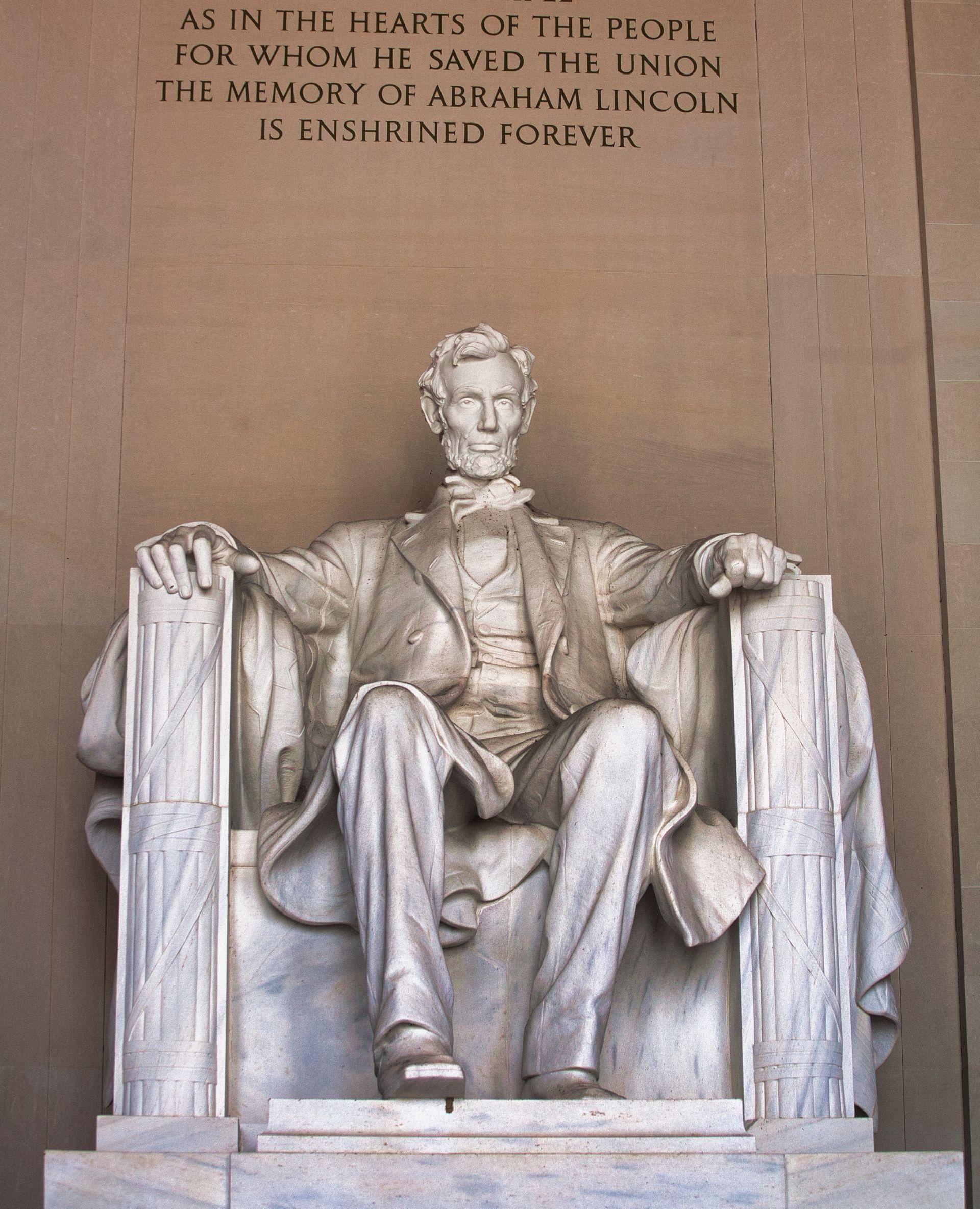
🪨 Limestone:Nonrenewable resource
The Foundation of History 🪨 Nestled in the bustling ports of Duluth, MN, limestone stands not just as a principal cargo but as a cornerstone of construction and industry. A versatile stone, it serves beyond mere aesthetics as a building block for monuments and the quiet strength in our everyday plastic. 🏗️ Marvel at structures like Lincoln's Memorial, a testament to limestone's enduring legacy in shaping the edifices that memorialize our history. This stone, though soft to the touch, carries the weight of our past and the architecture of our future. 🏛️ Yet, it’s a poignant reminder of Earth's finite gifts. As we utilize this nonrenewable resource, let's reflect on its significance and the footprints we leave for generations to come. Let’s treasure and respect these natural gifts, just as we cherish the structures they create.
REVIEW
What are some examples of how limestone is used in construction and industry?
Iron Ore
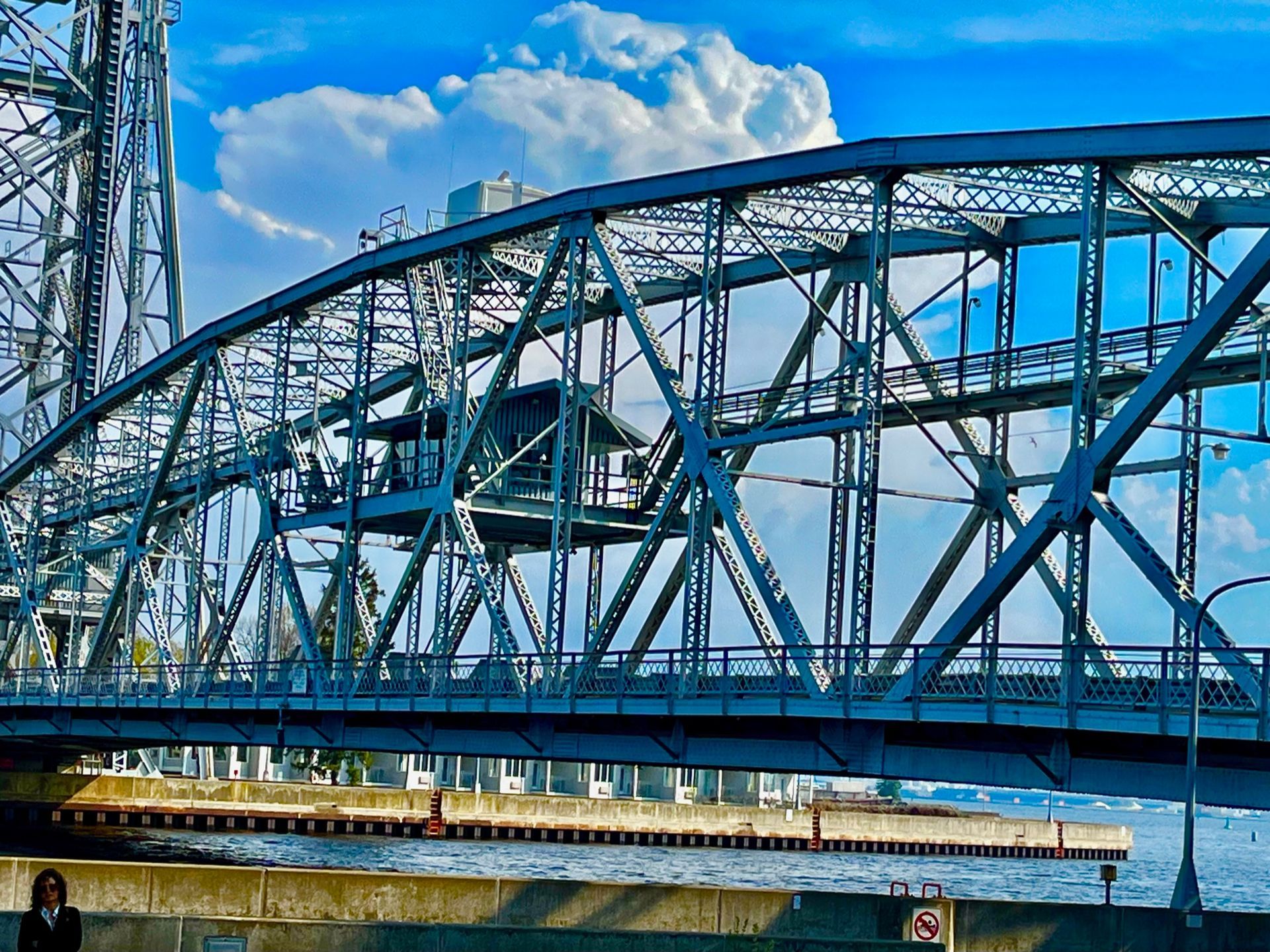
🌐 From Earth to Innovation: Iron Ore 🌐
Nonrenewable resource, principal cargo in Duluth, Makes steel, the most common metal. Deep within the heart of Duluth lies the lifeblood of modern marvels—iron ore. A cargo that fuels the fire of progress, it's the core component in steel, the most ubiquitous metal on the planet. 🏗️ This fundamental material morphs from the ground beneath us into the cars that move us, the machinery that builds our world, and the bridges and buildings that paint our city skylines. 🚗🌉 But as we craft these wonders, let us pause to remember: iron ore is a treasure granted by nature, nonrenewable and precious. Our reliance on it binds us to the earth and to a commitment to mindful stewardship. Let's honor the strength it gives us by forging a future where sustainability is paramount.
REVIEW
What is iron ore used for, and why is it considered important?
Taconite
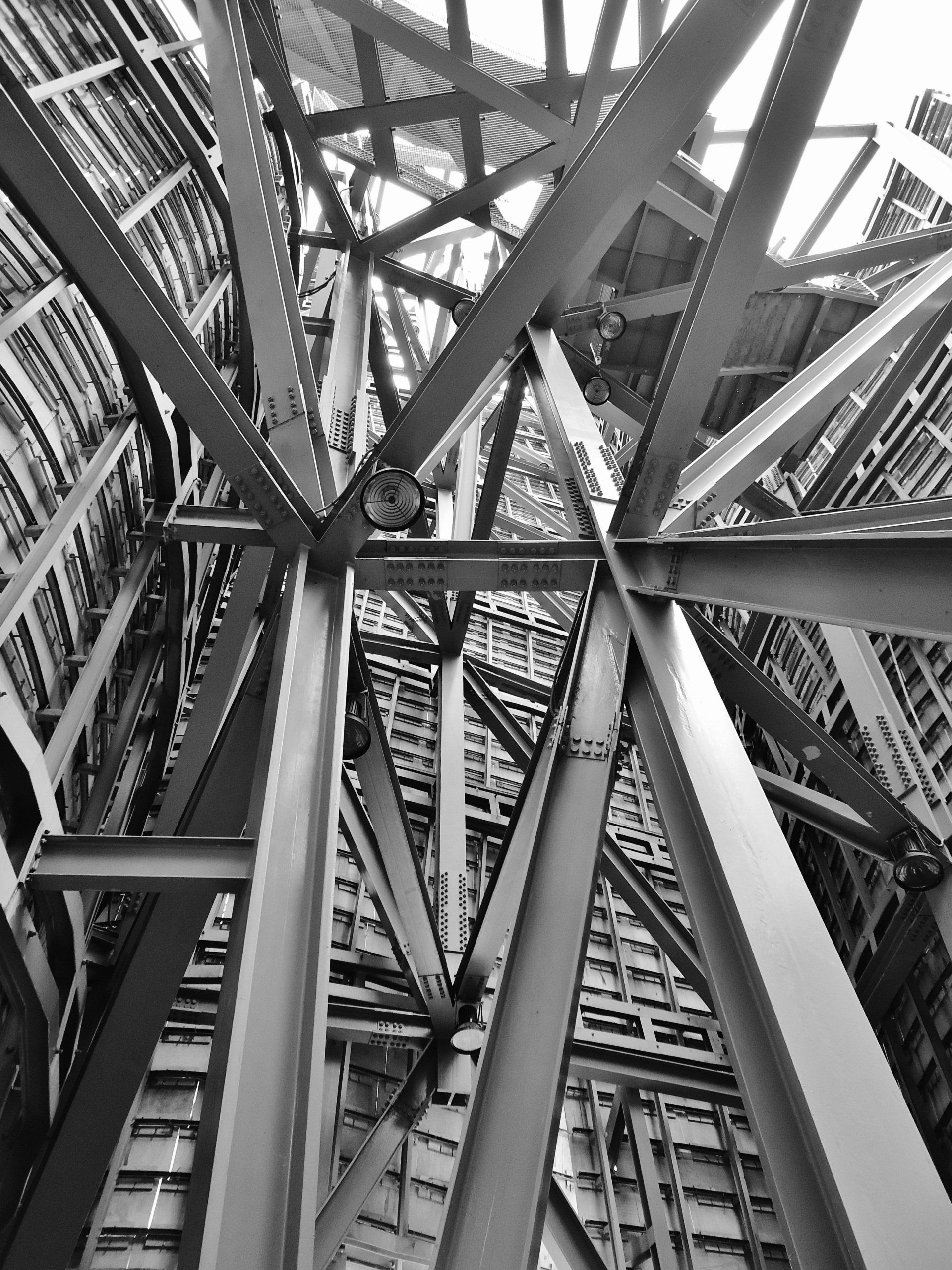
💎 Taconite: The Unseen Backbone 💎
Nonrenewable resource, principal cargo in Duluth. Amidst the bustling docks of Duluth, taconite stands humble yet pivotal. This low-grade iron ore, a principal cargo, is the unheralded hero in our everyday saga. 🚢
Taconite, a sedimentary rock as tough as the spirit of the North, is transformed through fiery furnaces into steel—the skeleton of our civilization. From the cars we drive to the buildings that scrape our skies, taconite's essence is interwoven into our daily lives. 🏢🚗 A hard rock that is melted down to make steel. Despite its ubiquity, we acknowledge its scarcity. As a nonrenewable resource, every piece of taconite carries the weight of a finite gift that we must use wisely, sustainably, and with respect for the generations to come.
Let's celebrate the strength and solidity it provides, even as we look to a future where balance with our planet is key.
REVIEW
How is taconite transformed into something else that's essential for our daily lives?
a story of time and transformation

Coal
🖤 Coal: The Ancient Alchemist 🖤 A principal cargo in Duluth. From the depths of the earth in Duluth's busy ports, coal—this black treasure from a bygone era—continues to fuel our modern world. 🌏. Born and formed from the decayed remnants of prehistoric plants trapped underground, this rock has witnessed millions of years pass by before being called upon for its energy. 🔥 It's the alchemy of transformation, from solid black rock to electric currents that light up our cities and warm our homes. Power plants harness its ancient potency, while stoves and water heaters keep the hearth of our daily lives burning. 💡🔥 A material that can be turned into energy
· Is used to generate electricity
· Coal-fired plants produce electricity by burning coal
· Can be used in stoves & water heaters
· Coal is called a fossil fuel
· A Nonrenewable Resource. Once this resource is used up, it is gone.
But let’s not forget, this 'fossil fuel' is a whispered legacy from the past. As we utilize coal, we must remember it’s a nonrenewable resource, a finite whisper from the earth. Once gone, it is lost forever. 🚫 Let’s ignite not just coal, but also our commitment to a future where energy means balance with our planet.
REVIEW
How is coal formed, and where does it come from?
Grains
A principal cargo in Duluth. A Renewable Resource. We can replant them and replace supplies. 🌾 Grains: Seeds of Sustenance 🌾
Amid the vastness of Lake Superior, Duluth's silos brim with grains, the kernels of our civilization. 🚢 This golden cargo cradles the promise of renewal and nourishment, binding us to the earth and its cycles of growth.
From the simplest loaf of bread to the intricate strands of pasta, from the joy of popcorn to the comfort of rice and oatmeal, grains are the canvas of our culinary artistry. 🍞🍚They are the stories of cultures, the celebration on our tables, the energy that powers our days.
Grains stand apart as a testament to our ability to work with nature, to replant and replenish, ensuring that what we harvest today will grace our tables tomorrow. 🌱
REVIEW
What are some examples of foods that are made from grains?
Salt
Just took a tour of the cargo docks in Duluth and got an up-close look at the bustling trade life! 🚢 It's fascinating to see how something as essential as salt is moved around the globe. It's a stark reminder that even though salt is bountiful, it’s still a nonrenewable resource we must use wisely. Let's appreciate the journey of these everyday minerals that season our lives.
REVIEW
Why is it important to use salt wisely, even though it's abundant?
powerful beauty

Passenger Ship
Just spotted a majestic passenger ship docking in Duluth! 🚢 Did you know? Only about 7-9 cruise ships grace our port each year. Despite this, our waters are never quiet - with 90% of the traffic being sturdy "Lakers," they're the heartbeats of the Great Lakes. (Vessels that operate only on the Great Lakes) But let's not forget the adventurous "Salties," (Ocean going vessels) bridging the gap between our local shores and the vast Atlantic, which is roughly an 8-9 day sail away. Duluth is truly a crossroad of global journeys and local life.
REVIEW
What's the difference between "Lakers" and "Salties," and how do they contribute to Duluth's connection with the rest of the world?
Bulk Carrier
Caught a giant of the lakes today! 🚢 This bulk carrier is a beast of burden in Duluth, MN, serving as the backbone of trade. These vessels are the unsung heroes that haul vast amounts of loose goods that are not packaged - think mountains of iron ore, limestone, and grains just flowing into their holds. They're not just carrying cargo; they're nourishing industries and feeding cities without a single box or container in sight. Here's to the hardworking bulk carriers that keep our economy afloat!
REVIEW
What kind of goods do bulk carriers transport, and why are they important for trade?
Container Ship
Carry packaged goods freight being stored in shipping containers. Spotted a container ship in Duluth, MN, today, a floating testament to global trade! 🚢These massive vessels are like intricate puzzles, pieced together with shipping containers that hold treasures of packaged goods. Each box is a story, a journey from afar, bringing a world of products to our doorstep. As they navigate through the heart of the Great Lakes, they remind us of the vast network that connects us all. Here's to the container ships and the seamless supply chains they support!
REVIEW
What kinds of goods are transported in shipping containers, and why are they essential for global trade?
the adventurous

Shipwreck
Stood beside the hauntingly beautiful waters of Lake Superior today, where stories of the past linger beneath the waves. 🌊 With an estimated 10,000 shipwrecks in the Great Lakes, 350 of which call Superior their final resting place, these waters are a diver's history book. Yet, what's more intriguing is that half of these wrecks remain shrouded in mystery, untouched and undiscovered.
REVIEW
Why do you think half of the shipwrecks in Lake Superior remain undiscovered, and what do they teach us about the power of the lake?
Peregrine Falcons
Have been spotted on migration along the North Shore Soaring high along the North Shore, Peregrine Falcons have been gracing the skies! 🦅These aerial speedsters, known as one of the world's fastest birds, are a sight to behold amidst their migration. But the skies aren't the only place teeming with life here; the land around Split Rock Lighthouse is a living tapestry of wildlife. From the stealthy lynx to the regal moose, and even the elusive bobcat, this is a reminder of nature’s vast and varied splendor.
REVIEW
What bird has been spotted migrating along the North Shore, and why are Peregrine Falcons special?
Fitger's Brewing Company
🍺 Fitger's has always been about trying new things and sticking around, even when times were tough. In 1857, Sidney Luce started the first brewery. In 1881, Michael Fink bought the brewery and built the big building we see now. Then it was sold to August Fitger, German brewmaster and Percy Anneke. Fun fact! The brewery even had places for the workers to sleep! Things were going great until Prohibition hit in 1920, which meant making and selling alcohol was illegal. But Fitger's didn't give up! They started selling carbonated soft drinks and were one of the first to bottle pop. They also sold candy bars. Plus, they opened a boxing arena and gym, making Fitger's a cool place for famous boxers to visit, such as German boxer Max Schmeling. (Who was also the boxer that would take trips using the airship Hindenburg.) When Prohibition ended in 1933, canned beer was invented, and Fitger's was one of the first companies in the U.S. to sell it. During World War 2, things got tough again, but Fitger's fought hard to stay open. Supplies were scarce, so they made "War Beer," which was a watered-down beer. Many of the workers went off to fight in the war, so women started working at the brewery.
In 1972, Fitger's closed. But that wasn't the end! Twelve years later, the old brewery building was brought back to life by Duluth business owners. With the brewery, shops, restaurants, and lots of history.
REVIEW
What ways did Fitger's contribute to its community during challenging times?
tells the tale of the wind

Devils Kettle
The Devil’s Kettle is a fascinating natural wonder located in Judge C.R. Magney State Park near Grand Marais, Minnesota. Here, the Brule River splits into two streams—one flows into Lake Superior, but the other plunges into a giant hole called the Devil’s Kettle. The mystery of this hole has puzzled researchers for over 100 years. People have wondered where the water goes because nothing thrown into the Devil’s Kettle—sticks, ping pong balls, even dye—has ever been seen again! Scientists have worked hard to solve this riddle, and while some now believe the water rejoins the river underground, the exact process remains a mystery. It’s an exciting place to visit and imagine the hidden secrets of nature!
The mystery of the Devil’s Kettle is partly because of how tricky it is to track where the water goes. The hole is deep, and the surrounding geology is made of hard volcanic rock, which is very difficult to explore. Sending something down the hole isn’t as simple as it sounds—scientists have tried dropping objects and dye into the water to track its path, but those things never show up downstream or in Lake Superior. This has led to all kinds of theories about where the water might go, such as underground tunnels or hidden cracks in the rock. Modern technology, like water flow measurements, suggests the water likely rejoins the river underground, but the exact path is still hard to pinpoint because of the unique and rugged environment. It’s like nature’s very own puzzle!
No one has ever been to the bottom of the Devil’s Kettle. The hole is located in an area of fast-moving water and rugged volcanic rock, making it extremely dangerous and nearly impossible for humans to explore directly. Even sending cameras or equipment into the hole is difficult because of the force of the water and the unknown structure beneath. Scientists have studied the Kettle using other methods, like measuring the water flow before and after the split, and they believe the water likely rejoins the main river underground. However, the exact details of what lies at the bottom of the Kettle remain one of nature's unsolved mysteries!

The information on this website or books for Amy Monroe Author is not intended or implied to be a substitute for primary education or for professional medical advice, diagnosis, or treatment. All content, including text, graphics, images, and information contained in or available through her books, daybooks, website, or social media, are for general information purposes only. Amy Monroe makes no representation and assumes no responsibility for the accuracy of the information contained in or available through her books or website. Such information is subject to change without notice. You are encouraged to confirm any information obtained from or through her books and website with other sources and review all information regarding any medical condition or treatment with your physician. All artwork is copyrighted and property of Amy Monroe. Unauthorized use is prohibited.



